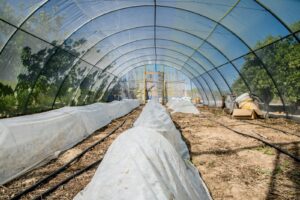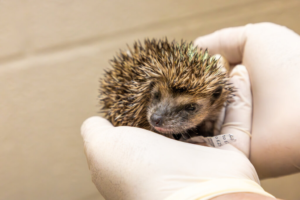22 research institutions have come together to outline four distinct steps that can help us to protect the planet.
The paper, which was published by One Earth, emphasises that this decade must be a turning point, where we transform humanity’s relationship with nature and put the planet on a path to recovery.
In order to achieve this, the researchers have outlined four key steps:
- The refrain step involves avoiding negative impacts on nature as far as possible.
- The reduce step involves minimising damage to nature where it cannot be completely avoided.
- The restore step involves remediating any immediate damage to nature.
- The renew step involves investing in revitalising nature.
The researchers have said that these steps enables all types of negative and positive impacts on nature, carried out by different groups at different scales, to be accounted for within the same framework.
However, the paper maintains that ambitious goals are only meaningful if they can be translated into concrete actions across all sectors of society.
Lead author, Professor E.J. Milner-Gulland, said: ‘This paper represents a real team effort, with authors from academia, business and government. We’re excited to launch this idea and hope that it will be useful to many different groups as they work to realise the vision of the post-2020 Global Biodiversity Framework.
‘It’s a huge challenge, with many different facets, and we hope that Four Steps for the Earth will provide an intuitive and flexible framework for tying all the threads together.’
Project coordinator at Oxford, Henry Grub, added: ‘This framework will, hopefully, present a turning point in the way institutions such as Oxford think about their biodiversity impact.
‘Our impacts cannot be overlooked because of the positive research we do – rather we hope the ‘4Rs’ will transform efforts to tackle the environmental impacts of the food we eat in canteens, the paper we put in printers, the land we build on, and much more.’
Photo Credit – Pixabay
















